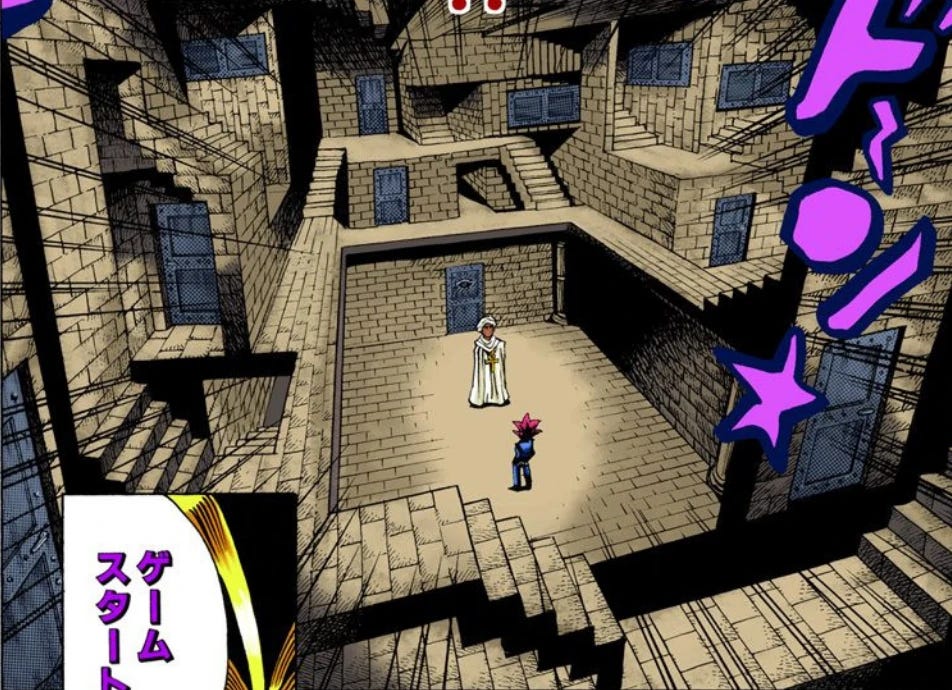People’s and user’s minds are a semi-malleable landscape and framework. Brains and thought patterns contain their own architecture.
Sometimes it is very beautiful (mind of a great poet or humanitarian). Sometimes it is very twisted and disgusting (mind of say, a sexual predator)
Aside, two pieces of media that depict "mental landscapes" are Inception and Yu-Gi-Oh.
(Yu-Gi-Oh creator Kazuki Takahashi called it a “soul room”)
Mental values and aesthetics aside,
if you want to be good at UI/UX design, you have to understand the landscape of people’s minds.
Good UI/UX design matters and is absolutely worth the investment
Users have a “mental workflow” they may or may not be consciously aware of, but you should work within that framework. Trying to forcibly adjust it is not only crude and generally unproductive, but it can be asshole-ish. People are sick and tired of assholes, because they run into too many of them as it is
What is the “landscape of people’s minds”? People usually have micro-thought and attention patterns that happen at a very micro level, that’s the micro-landscape. They have macro-landscapes too but that can be discussed in a future post. Within the span of a few minutes, or a few seconds scanning their screen for relevant and valuable information.
For example, a “landscape of minds” might be, after being conditioned by years of 15-second and 30-second TV commercials during the 1990s, a lot of Americans had 15- to 30-second attention spans for new bits of information. Like it or not, if you wanted to get their attention on something, you had to make yourself fit within that mental landscape, and that meant fitting your pitch within 15 seconds.
Or the so-called “90 second elevator pitch” that new founders get told they need to develop. Were elevator rides deliberately designed to be around 90 seconds long? Not really, but that time window ends up being what you have to work with.
I don’t blame users for having a short attention span, or scanning for information in fairly predictable patterns. It is a perfectly understandable and reasonable adaptive response to a world where we are constantly bombarded with advertisements and stimuli demanding our finite attention.
A more recent “mental landscape” feature that exists today is a small red dot serving as a notification icon on an app screen, or within a mobile game. Within a mobile game it usually means there is some kind of in-game reward waiting to be collected. Users are thereby incentives to pay more attention to the red dots. It’s possible this feature may get abused in the future, as app developers use the red dot to demand a user’s attention towards something that doesn’t reward the user. We’ve certainly seen this sort of bait-and-switch in other areas of advertising and attention-getting.
I have a few principles for well-meaning people to follow when it comes to getting the attention of others.
Whether it is online or offline, people prefer to engage with others who are selfless and considerate towards them and their mental landscape.
This means centering their mental landscape:
Recognize that you are placing a demand on their limited attention
Make things easy to mentally digest and ingest for them
Being minimally burdensome to their limited bandwidth of attention and onus for action/response
When they take the first step of investing their attention (happens in less than a minute), it should be recognized and rewarded with something meaningful/worthwhile


